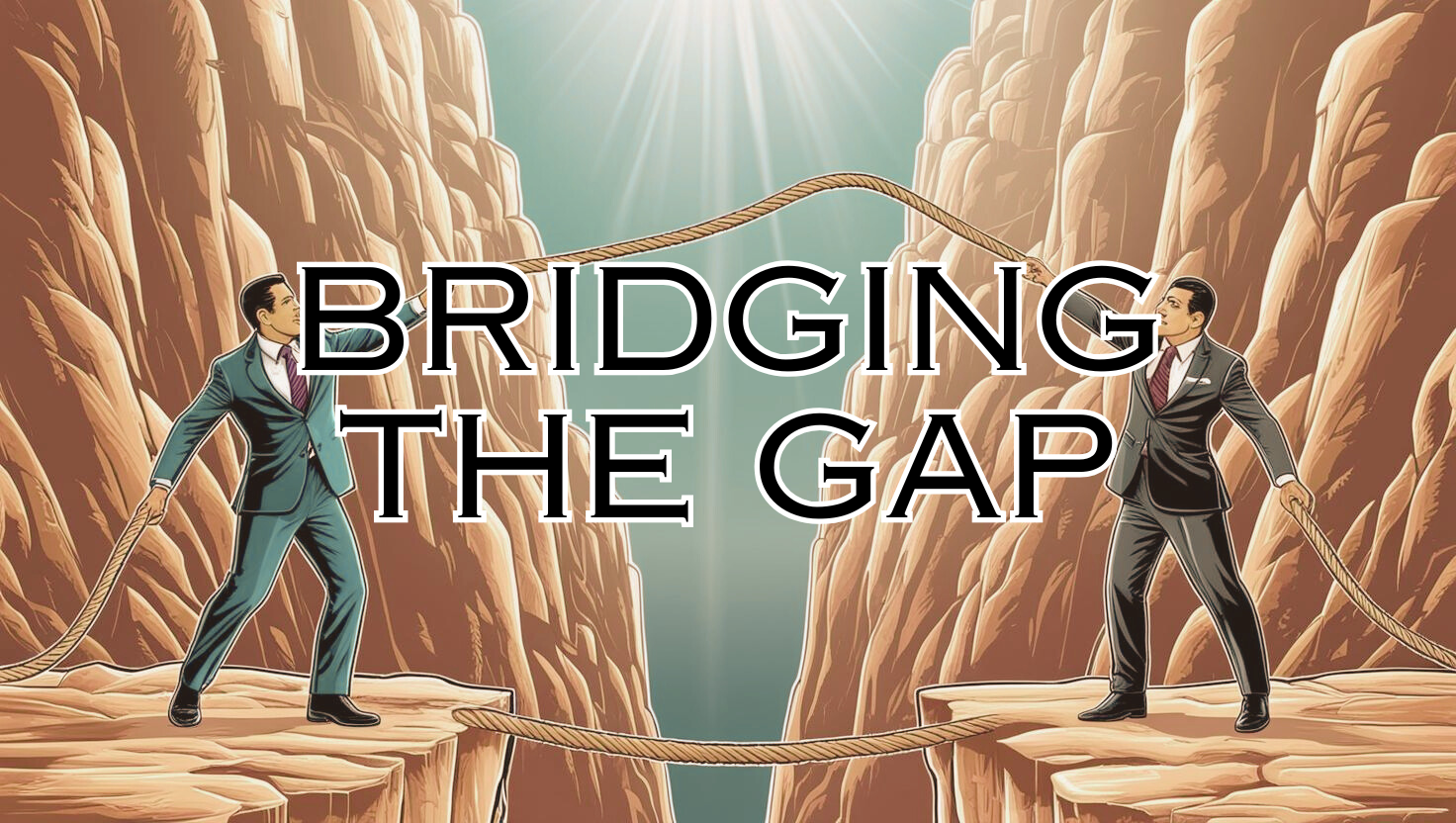Stewart (Stu) was a highly respected and successful advisor who’d built a respected practice in the Greater Toronto Area. He was the only source of income for his family of four as his wife, Stephanie, stayed at home to raise their two girls. Stu was an outstanding advisor, and provided quality advice to families and small businesses, but he was like the dentist with bad teeth. He didn’t put a business continuity plan in place to protect the value of his most precious professional asset, his book of business. In the event of his death, disability, or loss of license there was no agreement to protect him or his family. Generally these types of agreements, financed through insurance, are meant to purchase the practice promptly upon an unexpected event, transfer the value to of the business to loved ones and prevent unnecessary strain on the cash flow of the practice. Most importantly, it guarantees that practice owner’s like Stu won’t leave their clients in the lurch.
Unfortunately, Stu succumbed to an illness and passed away. He’d always intended on transitioning his clients to a junior advisor he’d recruited many years prior, however, the lack of a formal written agreement prevented the transition from taking place. The value of his book of business was transferred into a trust account. It took over a year for Stu’s home office to coordinate with the carrier to release the funds from the trust account and compensate Stu’s family.
During that time clients began to realize that there was no plan in place to ensure stability of the relationship they’d formed with Stu and so they started to leave. At the end of the day, Stu’s family eventually received only a portion of the value from his lifework; nearly 50% of his clients were either poached or left due to dissatisfaction. Moreover, the home office was left to reactively reassign Stu’s now-orphaned book of business. This situation isn't unique to Stu or his business, a CNBC story highlights the chaos that an untimely departure of an advisor can have on the business and its clients.
Stu and his family's story could have been far less catastrophic had he taken the time to put a formal business continuity plan in place that included:
- a written and actionable agreement,
- financing,
- and an identified continuity partner to transition to.





